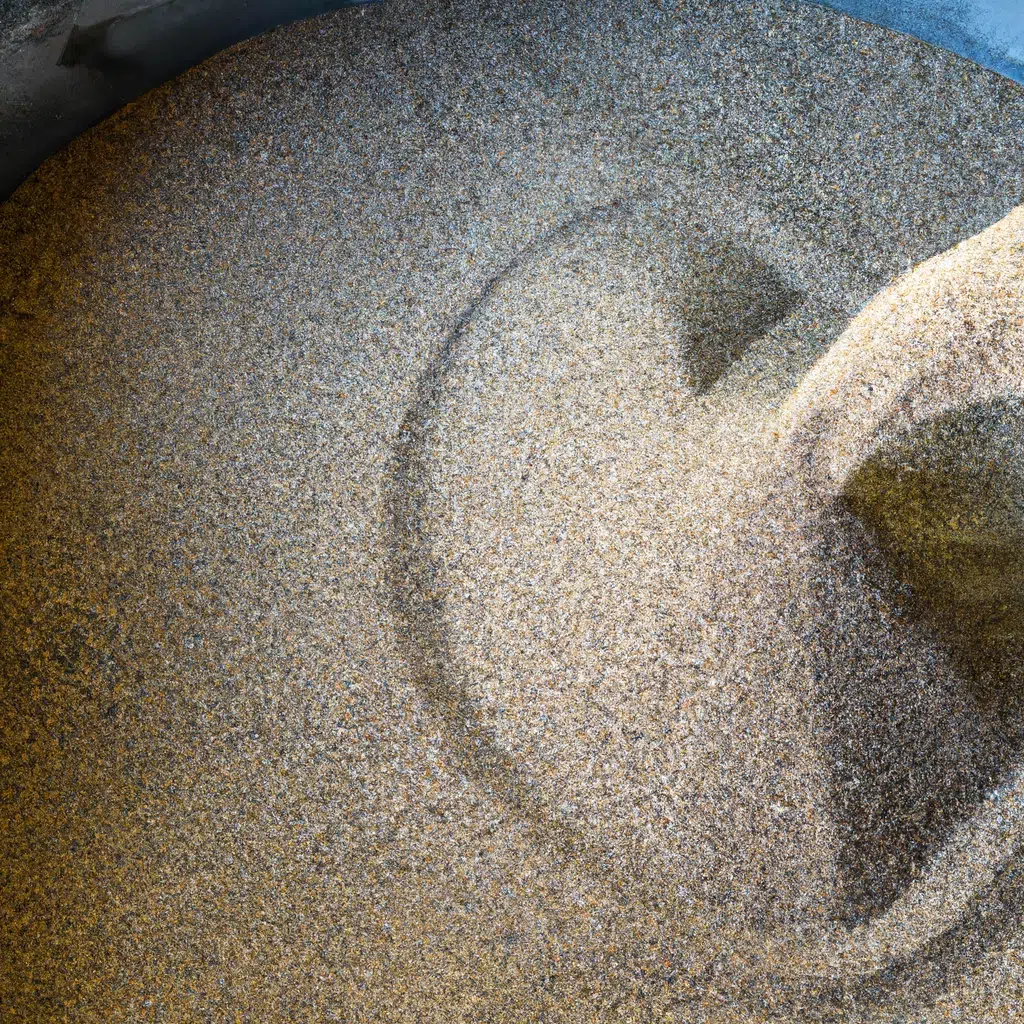Grain drying is a crucial process for farmers, especially those who want to store their crops for a long time. It helps to reduce the moisture content in grains, which can prevent mold growth and insect infestation. However, it’s not as simple as it seems. Many farmers make mistakes when drying their grains in silos, which can lead to poor quality crops and financial loss. In this article, we’ll discuss the top mistakes farmers make when drying grains in silos and how to avoid them.
Mistake #1: Not Cleaning the Silo
One of the most common mistakes farmers make when drying grains in silos is not cleaning them properly before use. Silos that are not cleaned can harbor mold, bacteria, and insects that can contaminate the grains. This can lead to poor-quality crops and even health hazards. To avoid this mistake, it’s essential to clean the silo thoroughly before use. Use a high-pressure washer to remove any debris, dust, or mold from the walls, floor, and roof of the silo.
Mistake #2: Overloading the Silo
Another mistake farmers make when drying grains in silos is overloading them. Overloading the silo can cause the grains to be packed too tightly, which can prevent proper airflow. This can lead to uneven drying and hot spots, which can damage the grains. To avoid this mistake, it’s essential to calculate the silo’s capacity and load it accordingly.
Mistake #3: Not Monitoring the Temperature and Humidity
Monitoring the temperature and humidity levels in the silo is crucial for proper grain drying. However, many farmers make the mistake of not monitoring these levels regularly. This can lead to over-drying or under-drying of the grains, which can affect their quality. To avoid this mistake, it’s essential to monitor the temperature and humidity levels in the silo regularly. Use a thermometer and a hygrometer to measure the temperature and humidity levels, respectively.
Mistake #4: Using the Wrong Drying Method
There are different methods of drying grains, such as natural air drying and mechanical drying. Each method has its advantages and disadvantages, depending on the crop and the weather conditions. However, many farmers make the mistake of using the wrong drying method for their crops. This can lead to poor-quality crops and financial loss. To avoid this mistake, it’s essential to choose the right drying method for the crop and the weather conditions.
Mistake #5: Not Ventilating the Silo Properly
Proper ventilation is crucial for grain drying. However, many farmers make the mistake of not ventilating the silo properly. This can lead to poor-quality crops and even spoilage. To avoid this mistake, it’s essential to provide proper ventilation in the silo. Use fans or vents to ensure proper airflow, especially during humid weather conditions.
Mistake #6: Not Checking for Moisture Content
Checking the moisture content of the grains is crucial for proper drying. However, many farmers make the mistake of not checking the moisture content regularly. This can lead to over-drying or under-drying of the grains. To avoid this mistake, it’s essential to check the moisture content of the grains regularly. Use a moisture meter to measure the moisture content of the grains.
Mistake #7: Not Storing the Grains Properly
Proper storage is crucial for maintaining the quality of the grains after drying. However, many farmers make the mistake of not storing the grains properly. This can lead to spoilage and financial loss. To avoid this mistake, it’s essential to store the grains in a clean, dry, and well-ventilated area. Use airtight containers or bags to prevent moisture and insect infestation.
Conclusion
Drying grains in silos is an essential process for farmers who want to store their crops for a long time. However, it’s not as simple as it seems. Many farmers make mistakes when drying their grains in silos, which can lead to poor-quality crops and financial loss. To avoid these mistakes, it’s essential to clean the silo, load it properly, monitor the temperature and humidity levels, choose the right drying method, provide proper ventilation, check the moisture content regularly, and store the grains properly. By following these tips, farmers can ensure the quality of their crops and maximize their profits.


